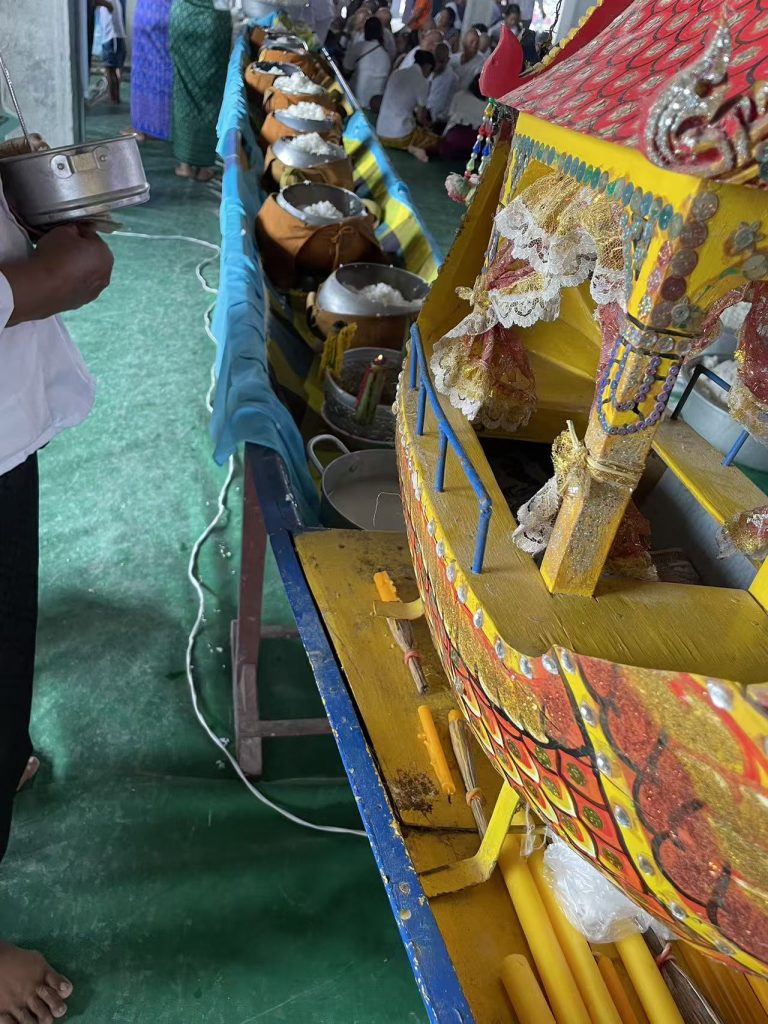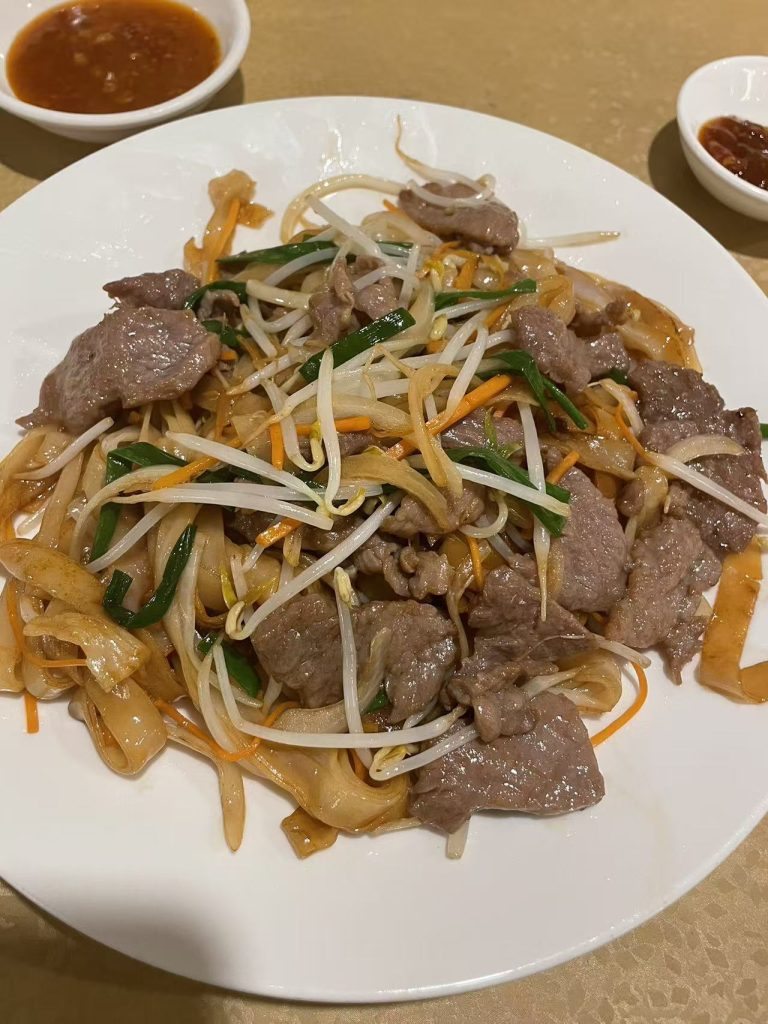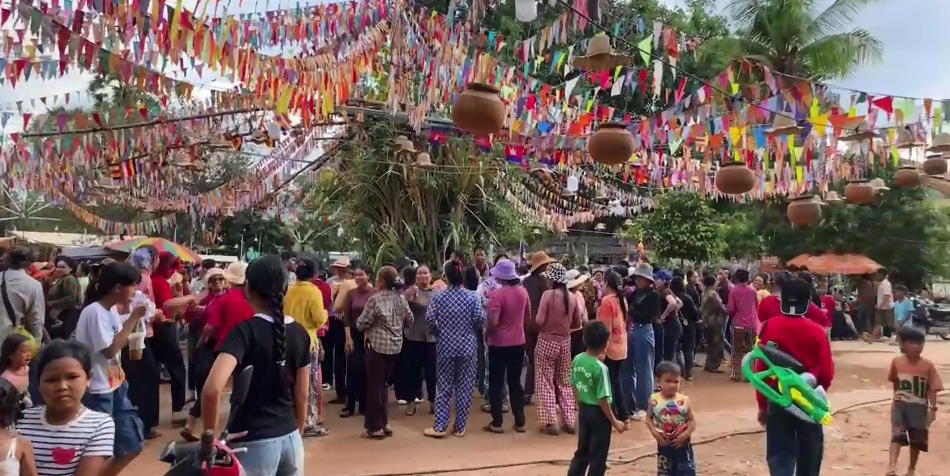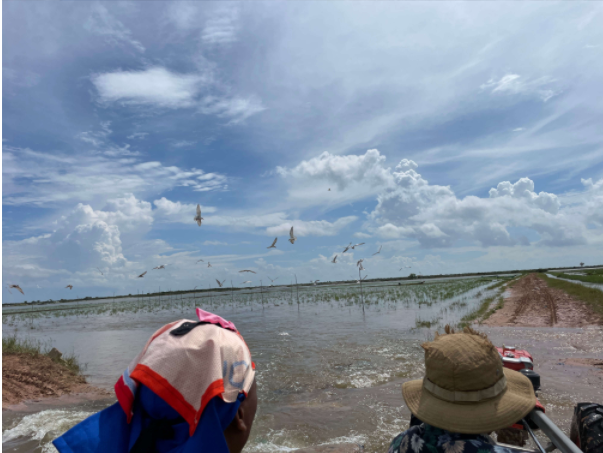🏮 Pchum Ben Day in Cambodia – Exploring Khmer Buddhist Traditions and Travel Insights
What Is Pchum Ben Day?
Pchum Ben Day (បុណ្យភ្ជុំបិណ្ឌ) is one of Cambodia’s most sacred Buddhist holidays, celebrated across the country with deep emotion and spiritual reverence. Often translated as the Festival of the Dead or Ancestor’s Day, it marks a time when Cambodians pay tribute to their departed relatives, offering food, prayers, and good deeds to ensure peace and merit in the afterlife.
This festival reflects the country’s strong Theravada Buddhist roots and its Khmer cultural heritage. Similar ancestor veneration customs can be found in Laos and Thailand, yet Cambodia’s Pchum Ben stands apart for its community-wide participation and the unique ways locals express gratitude and remembrance.
The Cultural and Spiritual Meaning Behind Pchum Ben

At the heart of Pchum Ben lies a profound sense of respect for ancestry and the Buddhist principle of karma. It is believed that during this 15-day period, the gates of the underworld temporarily open, allowing spirits to visit the living. Families take this opportunity to offer food — particularly rice and sweet cakes known as Bay Ben — to monks at temples (pagodas).

The act symbolizes transferring merit to the deceased, helping wandering souls find peace. Monks recite sacred chants, guiding both the living and the departed toward spiritual balance. The sound of chanting, the fragrance of incense, and the sight of families dressed in traditional white clothing create a deeply atmospheric experience across the country.
How Cambodians Celebrate the Festival

The main ceremonies occur during the last seven days of the 15-day observance, known as Ben Thom or the “great offering.” Early each morning, people visit temples to make offerings and listen to sermons. Families often prepare special foods, fruits, and flowers, presenting them to monks as part of their merit-making ritual.
In rural communities, the pagoda becomes a hub of activity. Elders, many of whom once lived as novice monks, lead the younger generation in prayer and storytelling. Villagers often spend the day together, reinforcing a sense of unity and belonging that defines Khmer society.
Modern Traditions and Their Social Significance
In contemporary Cambodia, Pchum Ben remains a cornerstone of national identity. Beyond temple ceremonies, its spirit extends into various aspects of social life. Families invite monks to bless homes, businesses, or new ventures — a gesture believed to bring luck and prosperity.
Urban residents who have moved away from their hometowns often take this occasion to return home, strengthening intergenerational ties. Even younger Cambodians, influenced by modern lifestyles, view Pchum Ben as a meaningful time to reconnect with their roots and practice gratitude.
This connection between Buddhism and daily life highlights Cambodia’s cultural resilience — where spiritual values endure despite rapid modernization.
Travel Tips for Visitors During Pchum Ben
For travelers, visiting Cambodia during Pchum Ben offers a rare opportunity to witness authentic religious devotion. The festival usually occurs in September or early October, aligning with the end of the rainy season. The weather is humid, with frequent showers, so pack light clothing, a raincoat, and waterproof footwear.
Transportation can become crowded as thousands of people journey to their hometowns. If you plan to travel between Phnom Penh and Siem Reap, book bus or taxi tickets in advance. Most government offices and factories close for several days, but tourist attractions, temples, and restaurants in major cities remain open — though expect a more tranquil atmosphere.
When visiting pagodas, wear modest attire (shoulders and knees covered), remove shoes before entering, and observe quiet respect during ceremonies. Many temples welcome foreign visitors and will gladly explain the customs if approached politely.
Pchum Ben and Cambodia’s Broader Cultural Identity
The spirit of Pchum Ben extends beyond religion; it embodies Cambodia’s collective memory and moral fabric. It reminds people to practice compassion, mindfulness, and gratitude — virtues deeply embedded in Buddhist teachings. For locals, the festival represents both continuity and renewal, a bridge between the spiritual and everyday worlds.
For visitors, Pchum Ben offers a glimpse into Cambodia’s soul — far beyond the famous temples of Angkor. It reveals the warmth of community life, the humility of faith, and the shared respect for ancestors that continues to guide Khmer culture through centuries of change.
Final Thoughts
Pchum Ben Day is not only a religious commemoration but a celebration of Cambodian humanity — a time when spirituality, family, and tradition converge. Witnessing this festival allows travelers to experience the essence of Khmer culture: peaceful, reflective, and deeply connected to the cycles of life and memory.
Whether you’re lighting incense in a rural pagoda or observing ceremonies in Phnom Penh, Pchum Ben offers a rare chance to understand how ancient beliefs continue to shape Cambodia’s present-day rhythm — one prayer, one offering, and one act of kindness at a time.





